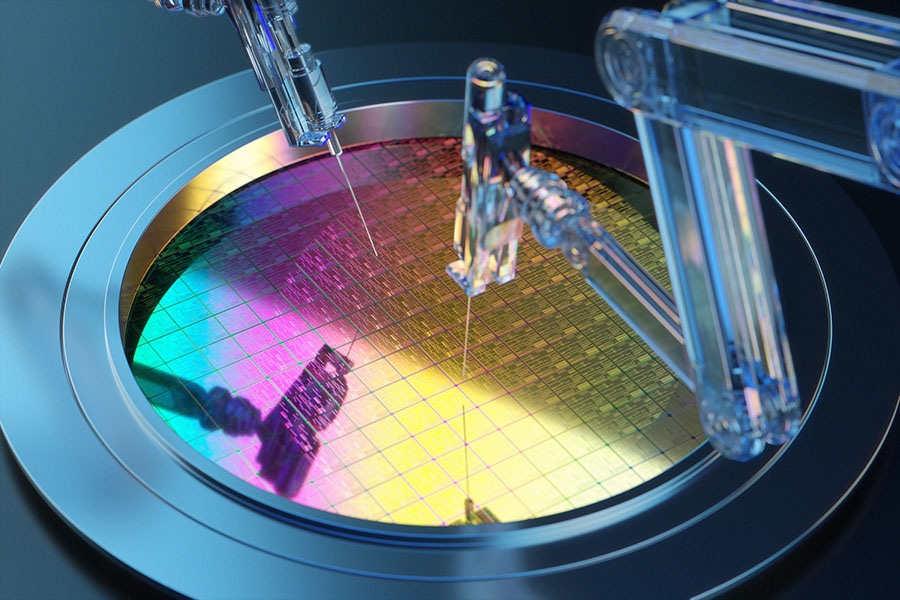Budget 2024: No surprises for semiconductors
The government had announced Rs6,903 crore for the semiconductor sector in the interim budget 2024—25 in February
 Image: Yuichiro Chino/Getty Images
Image: Yuichiro Chino/Getty Images
Finance Minister Nirmala Sitharaman allocated Rs6,903 crore to the semiconductor sector in the interim budget 2024–25 in February. There was no top-up announced during the Union Budget today. Industry experts say that a boost was not expected. In Budget 2023–24, the government had allocated Rs3,000 crore, and it was later revised to Rs1,503 crore.
The Ministry of Electronics and Information Technology (MeitY) received a 52 percent boost in its estimate for 2024–25, with the Union Budget allocating Rs21,936.90 crore. The revised estimate last year stood at Rs14,421.25 crore. MeitY looks after the electronics manufacturing and semiconductor ecosystem, and the increased allocation is reflected in the production-linked incentive (PLI) schemes for semiconductors, electronics manufacturing, and IT hardware.
There are four major semiconductor manufacturing facilities in the making by US-based Micron, Tata Group, and Murugappa Group. All of them are expected to be fully functional by 2026.
The Economic Survey stated that in order to bolster the electronics manufacturing ecosystem in the country, the scheme for promotion of the manufacturing of electronic components and semiconductors (SPECS) was introduced in 2020. The scheme offers a substantial financial incentive of 25 percent on capital expenditures for a specific list of electronic goods that form the downstream value chain of electronic products. As of March 2024, a proposed investment of Rs12,638 crore and committed incentives of Rs1,758 crore have been approved under the scheme.
The range of announcements made today on skilling and training, internship incentives, and the removal of the angel tax—all of this in some way would benefit the semiconductor ecosystem in the making, explains Ashok Chandak, president of the India Electronics and Semiconductor Association (IESA). “In electronics and semiconductors, there is a crunch of the desired talent, as this industry is just developing and growing. We’ve been asking for government support on training and skilling the people, so that has come through already,” he adds.
Semiconductor manufacturing is a different ballgame compared to the overall manufacturing of finished goods. For semiconductor fabs, it takes a couple of years to roll out and at least a year and a half to plan, explains Neil Shah, vice president at Counterpoint Technology Market Research. “The biggest issue with the local companies that are trying to get into semiconductors is that they don't have a technology partner. They're struggling with that. That's why the Vedanta-Foxconn joint venture didn't work. The current allocation for this sector is adequate. We will see this peak in 2026. And if we look at the overall allocation for semiconductors, display manufacturing systems, and PLI overall, it's still almost 5x compared to last year, so it's still good enough," he says.

















